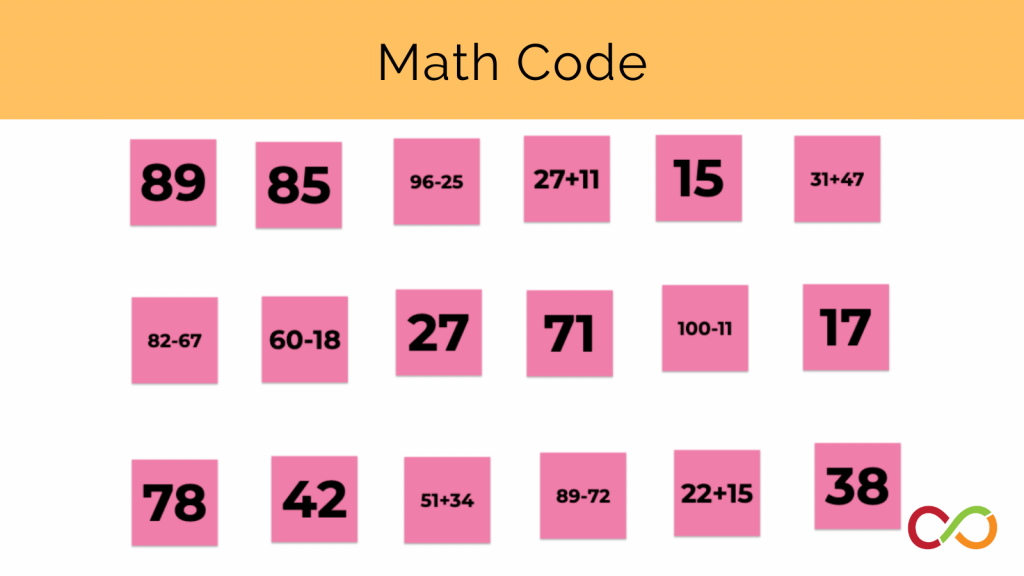Adding Up the Number Line
Primary (Age 6 – 9)
Curriculum Goal
Primary: Number Sense
- Read, represent, compare, and order whole numbers to 1000, and use concrete materials to represent fractions and money amounts to $10.
- Solve problems involving the addition and subtraction of single- and multi-digit whole numbers, using a variety of strategies, and demonstrate an understanding of multiplication and division.
Context
- Students will be sitting on the carpet in front of the board for whole class instruction.
The game will be played in pairs or small groups.
Materials
- One die per group
- One blank piece of paper per group
- A different coloured writing utensil for each player
Game Rules
The object of the game is to arrive exactly at 500 before your opponent. This game can be played in pairs or small groups and though described competitively, can also be played cooperatively.
Preparing the Game
- Draw a blank number line on a piece of paper. Each player will choose a unique colour to represent their score on the number line.
- To determine each player’s starting score on the number line, roll a dice twice and take the smaller of the two possible combinations (e.g. a five and a one are rolled and the two possible number combinations are 51 and 15; 15 is smaller and thus taken as the starting score).
- To determine the order of play, each player rolls the die once. The player with the smallest number goes first.
Playing the Game
- Each player rolls the die once in a turn. Every number rolled on the die, except 5, allows that player to choose if they would like that number to represent a one, a ten or a hundred value (e.g. a player rolls a four and can either add four, 40, or 400 to their score).
- Players cannot go past 500. If the number they roll will take them past 500, they must subtract that number from their score (e.g. a player is at 497 and rolls a six, which used as a one value will take them to 503; they must instead subtract six from their score, moving them back to 491).
- Once Player 1 has marked their spot on the number line it’s the next player’s turn.
- Special rule: if a player rolls a five, that player can choose another player to move back 50 spots on the number line (e.g. if Player 1 rolls a five, Player 2 will have to subtract 50 from their score; if Player 2 was at 487 then they will move back to 437).
Lesson
- Introduce the game to the whole class by drawing a blank number line on the board with the numbers 0 and 500.
- Explain the rules and model the game.
- After rolling the dice, make sure to explicitly state your options (eg. 2, 20, 200) and ask the class which option would get you closest to 500 without going past it. Emphasize how you figure out your new score and write it on the number line.
- During the next round, explicitly choose a place value that is not the most useful to arriving at 500. See if the students can catch your mistake. If they don’t, demonstrate your thinking out-loud (e.g. Will 600 take me closest to 500 without going over? Or would something else be better?)
- Play a few more demo rounds with students to show how the game progresses.
- Have students form pairs or groups of three and provide each group with the materials
Look Fors
- What strategies to children use to move up and down the number line? Do they count by ones, twos, fives, 10s? Do children use algorithms to solve their problems?
- How easily are children able to add and subtract?
- What observations and comments do children make as they try to reach 500
Share this lesson
Share on facebook
Share on twitter
Share on email

